What's The Difference Between Mirrorless And Dslr ?
The main difference between mirrorless and DSLR cameras lies in their design and functionality. DSLR (Digital Single-Lens Reflex) cameras use a mirror and prism system to reflect light into an optical viewfinder, allowing you to see exactly what the lens sees. When you press the shutter button, the mirror flips up, and the image is captured by the image sensor.
On the other hand, mirrorless cameras do not have a mirror or optical viewfinder. Instead, they use an electronic viewfinder (EVF) or the rear LCD screen to display a digital preview of the image. Light passes directly through the lens and onto the image sensor, which captures the image.
Mirrorless cameras tend to be more compact and lightweight compared to DSLRs, as they lack the bulky mirror mechanism. They also offer silent shooting, faster burst rates, and better video capabilities. DSLRs, on the other hand, often have better battery life, a wider range of lens options, and faster autofocus performance.
Ultimately, the choice between mirrorless and DSLR depends on personal preferences, shooting style, and specific needs.
1、 Camera Design: Mirrorless vs DSLR
The main difference between mirrorless and DSLR cameras lies in their design and functionality. DSLR (Digital Single-Lens Reflex) cameras have been around for a long time and have a traditional design that includes a mirror and a prism system. Mirrorless cameras, on the other hand, are a relatively newer technology and do not have a mirror or prism system.
The absence of a mirror in mirrorless cameras allows for a more compact and lightweight design compared to DSLRs. This makes mirrorless cameras more portable and easier to carry around, making them a popular choice for travel and street photography. DSLRs, on the other hand, tend to be bulkier and heavier due to the mirror and prism system.
Another significant difference is the way these cameras handle autofocus. DSLRs use a phase-detection autofocus system, which is generally faster and more accurate, especially in low-light conditions. However, mirrorless cameras have been catching up in recent years and now offer advanced autofocus systems that rival DSLRs.
In terms of image quality, both mirrorless and DSLR cameras can produce excellent results. The image sensors used in both types of cameras are similar, and advancements in technology have made the image quality of mirrorless cameras comparable to DSLRs.
One advantage of mirrorless cameras is their electronic viewfinder (EVF). Unlike DSLRs, which use an optical viewfinder, mirrorless cameras use an EVF that shows a digital preview of the image. This allows photographers to see the exposure and white balance in real-time, making it easier to adjust settings and get the desired shot.
In conclusion, the main differences between mirrorless and DSLR cameras are their design, size, autofocus systems, and viewfinders. While DSLRs have been the go-to choice for professional photographers for many years, mirrorless cameras are rapidly gaining popularity due to their compactness, advanced autofocus, and electronic viewfinders.
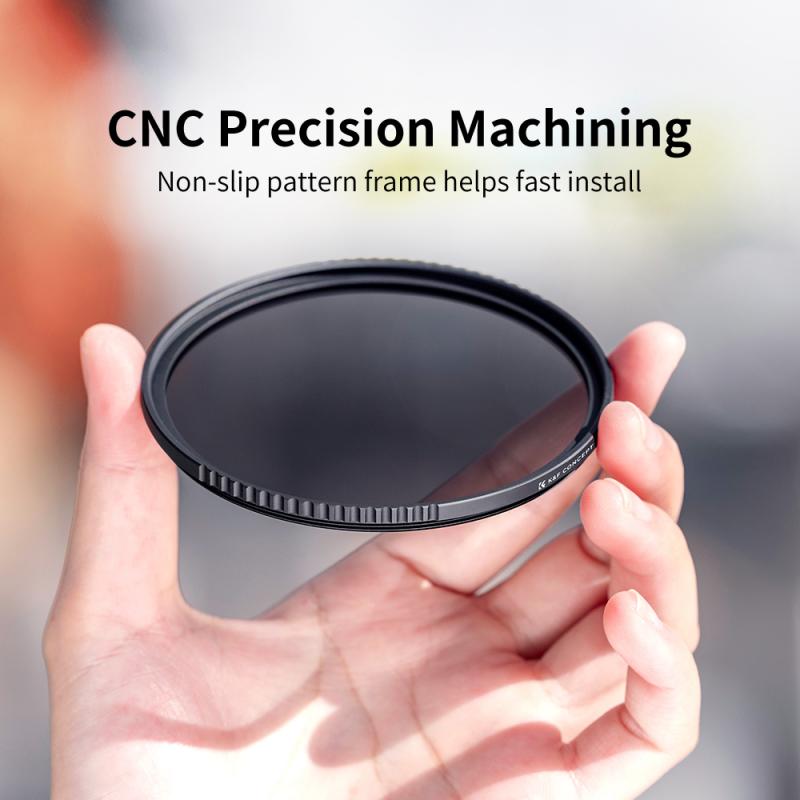
2、 Viewfinder Technology: Electronic vs Optical
The main difference between mirrorless and DSLR cameras lies in their viewfinder technology. DSLR cameras use an optical viewfinder, while mirrorless cameras utilize an electronic viewfinder (EVF) or rely solely on the rear LCD screen for composing images.
An optical viewfinder in DSLRs uses a system of mirrors and prisms to reflect the light coming through the lens directly into the viewfinder. This allows photographers to see the scene as it appears in real life, providing a clear and natural view. However, the optical viewfinder does not show the exact exposure or white balance settings, which can only be seen after capturing the image.
On the other hand, mirrorless cameras use an electronic viewfinder or EVF, which is essentially a small LCD screen inside the camera. The EVF displays a digital representation of the scene, showing the exact exposure, white balance, and other settings in real-time. This allows photographers to have a more accurate preview of the final image before capturing it. Additionally, the EVF can provide overlays, such as histograms or focus peaking, to assist with composition and focusing.
The latest EVF technology has significantly improved, offering high resolution, fast refresh rates, and low lag. Some EVFs even have the ability to simulate the look of an optical viewfinder, providing a more traditional shooting experience for photographers who prefer it.
In summary, the main difference between mirrorless and DSLR cameras in terms of viewfinder technology is that DSLRs use an optical viewfinder, while mirrorless cameras use an electronic viewfinder or rely on the rear LCD screen. The EVF in mirrorless cameras offers real-time exposure and settings preview, along with additional overlays, providing photographers with more accurate and convenient shooting experience.
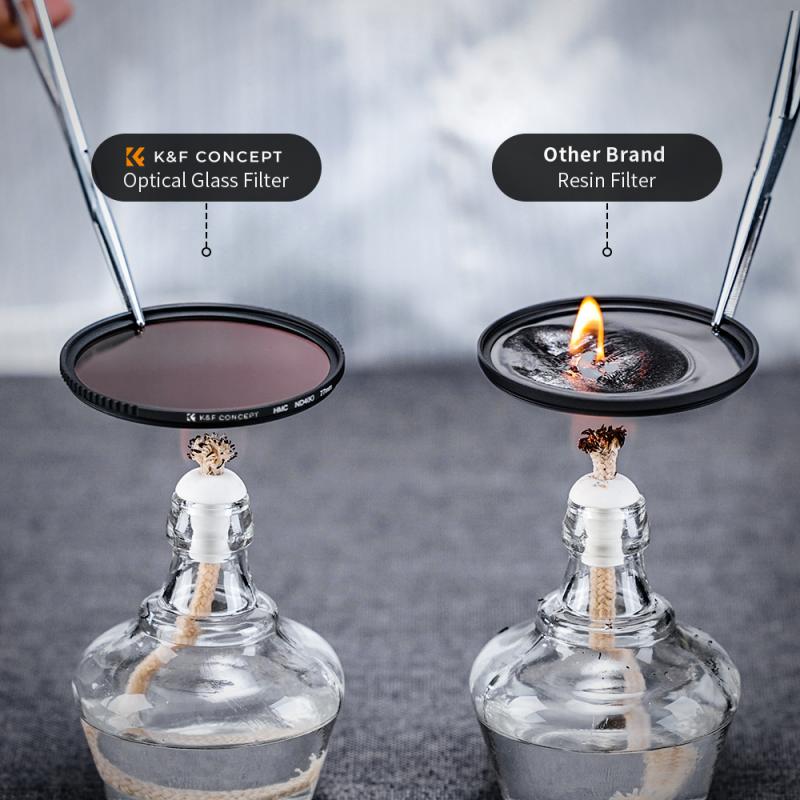
3、 Autofocus System: Contrast Detection vs Phase Detection
The main difference between mirrorless and DSLR cameras lies in their autofocus systems. Mirrorless cameras use contrast detection autofocus, while DSLRs use phase detection autofocus.
Contrast detection autofocus works by analyzing the contrast of the image to determine focus. It is generally more accurate and precise, especially in low light conditions. However, it can be slower compared to phase detection autofocus, especially when tracking moving subjects.
On the other hand, DSLRs use phase detection autofocus, which relies on a dedicated autofocus sensor located in the camera body. This system splits the incoming light into two images and compares them to determine focus. Phase detection autofocus is known for its speed and accuracy, particularly when it comes to tracking moving subjects. However, it may not perform as well in low light situations.
It is worth noting that the latest mirrorless cameras have made significant advancements in autofocus technology. Many now incorporate hybrid autofocus systems that combine both contrast and phase detection autofocus. This hybrid system offers the best of both worlds, providing fast and accurate autofocus in various shooting conditions.
In conclusion, the main difference between mirrorless and DSLR cameras in terms of autofocus system is contrast detection versus phase detection. While contrast detection offers accuracy and precision, phase detection excels in speed and tracking moving subjects. However, with the latest advancements, mirrorless cameras now often feature hybrid autofocus systems that combine the benefits of both contrast and phase detection autofocus.
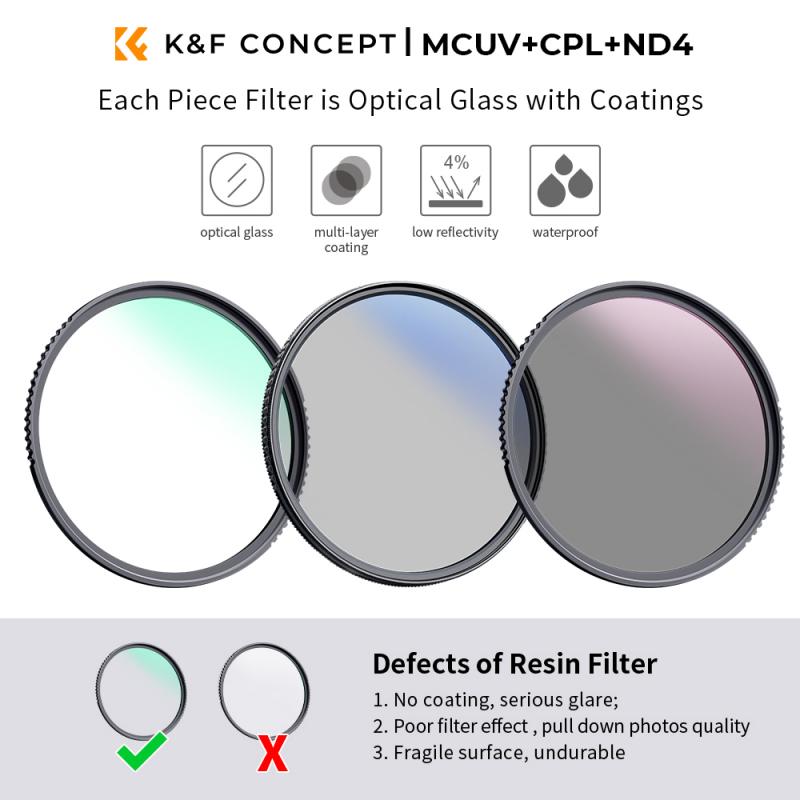
4、 Size and Weight: Compactness of Mirrorless Cameras
What's the difference between mirrorless and DSLR cameras? One significant difference lies in the size and weight of mirrorless cameras, which are known for their compactness compared to DSLRs.
Mirrorless cameras are designed without a mirror mechanism, which is a key component in DSLRs. This absence of a mirror allows mirrorless cameras to be more compact and lightweight. Without the mirror, the camera body can be made smaller, making it easier to carry around and handle for extended periods. This compactness is particularly advantageous for travel and street photography, where portability is crucial.
In recent years, advancements in mirrorless camera technology have further reduced their size and weight. Manufacturers have been able to shrink the camera bodies while maintaining high-quality image sensors and powerful features. This has made mirrorless cameras increasingly popular among photographers who prioritize mobility and convenience.
Additionally, the compactness of mirrorless cameras has led to the development of smaller lenses. Mirrorless systems often feature a wide range of lightweight lenses, offering photographers more flexibility and versatility in their shooting options. These smaller lenses contribute to the overall reduction in size and weight of the camera setup.
It is important to note that while mirrorless cameras excel in terms of compactness, DSLRs still have their own advantages, such as superior battery life and a wider range of lens options. However, the trend towards mirrorless cameras continues to grow, with many professional photographers and enthusiasts embracing their smaller form factor without compromising on image quality.
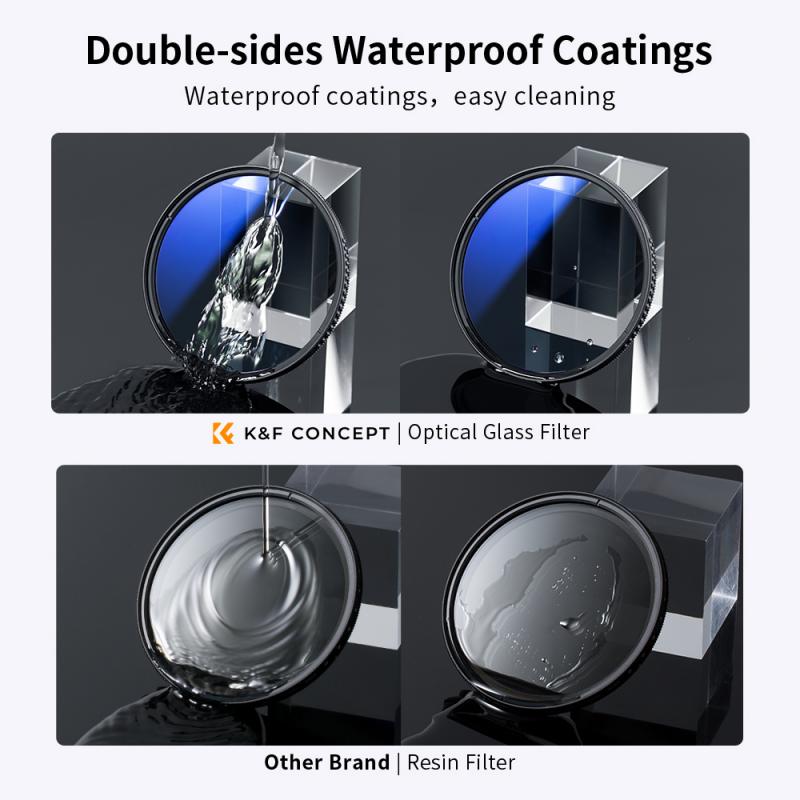









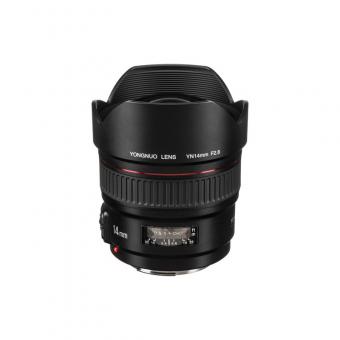


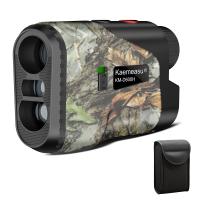




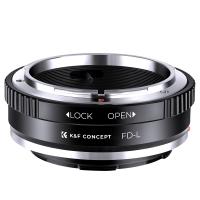



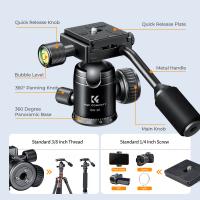
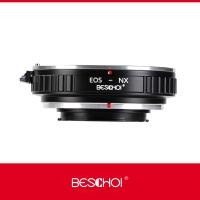
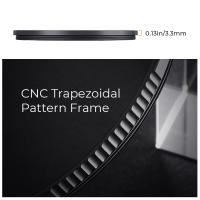
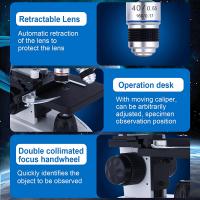




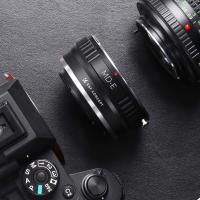

There are no comments for this blog.